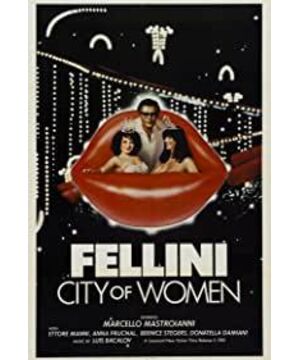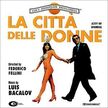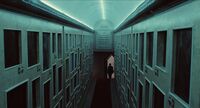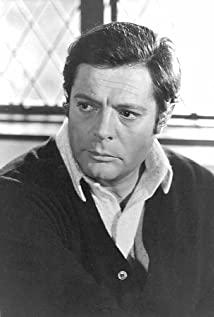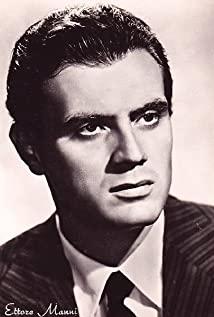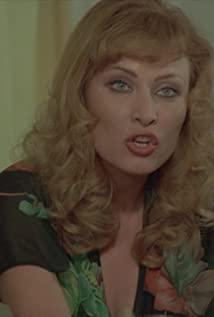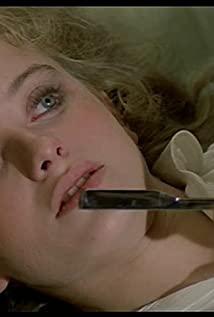Although I've always been interested in dreams, of all my films only "Women's City" is almost entirely a dream, everything in the picture has an implicit subjective meaning, just like in a dream, just the beginning and the end The exception was when Snaporaz woke up in the car. It is the nightmare side of Guido's Nightmare in "Eight and a Half".
- Fellini
When Fellini said "dream is the only reality", he probably meant more than Freudian sense (dreams reveal man's subconscious, thus revealing the truest existence) , he also sees the essence of cinema as a form of artistic expression as a kind of dream. His films have always been rich in dream scenes, starting with Juliet and the Devil in a somewhat "surreal" style, where the content of dreams is completely intertwined with reality, regardless of each other. Fellini's most famous "movie dream" is undoubtedly Guido's "harem" fantasia in "Eight and a half": various women in Guido's life are gathered in one room, and he whips them all Tidy up and docile. The harem episode from "Eight and a Half" gets a full-length film in "Women's City," and the original Fantasia turns into a nightmare.
As Fellini himself said, in such a "movie dream", "everything in the picture has an implicit subjective meaning". It's not hard to see that Fellini incorporates many Floyd symbols into the film: at the beginning of the film, after the train passes through a narrow tunnel, Snaporaz finds himself sitting across from a beautiful woman, and then begins his "" Dreams"; when Snaporaz travels through the city of Ladies, in the palace of "Pasha", there are various phallic symbols: various rod-shaped lamps, obelisks collected by the owner, etc.; when Snaporaz experiences a nightmare After waking up, he fell asleep again in the fetal sleeping position, with a peaceful smile on his face. Digging out the hidden meanings of things in Fellini's films is a very intellectually difficult task, and it can also be a thankless task. Different from the previous dreams that were only "fantasy", in "Women's City", Fellini began to make his dreams have a certain idea, so that everything in the dream has a symbolic meaning. This approach of finding direct picture counterparts for ideas has undoubtedly become a formula (albeit a complex one), which greatly narrows the meaning of the cinematic picture. The richness of the existence of things in the picture is gone, and the "ambiguity" of the lens is gone.
In order to build the scenes of the feminist rally in the city of women, Fellini undoubtedly did enough preparations to show a man's rich imagination of the threat of feminism. But the woman in the city of women is still the type that is common in Fellini's films, albeit with a ferocious face after being freed from the constraints of men; the hero Snaporaz is still looking for a perfect ideal woman, although the end result of this search is punishment. more than complete.
"Women's City" is not a boring movie, because Fellini built all kinds of spectacles in it. In addition to the spectacle of the feminist rally in the city of women, there are various collections in the "Pasha" palace, enough to fill the audience's curiosity. In Fellini's previous films, the circus-inspired parade was not just a spectacle, but gave the film a carnival-like style. In Ladies City, the carnival in turn becomes some kind of circus show, the movie returns to the vaudeville, and the audience’s attention and emotions follow the film as they jump from fantasy to fantasy, with no pauses and no need for pauses.
View more about City of Women reviews


